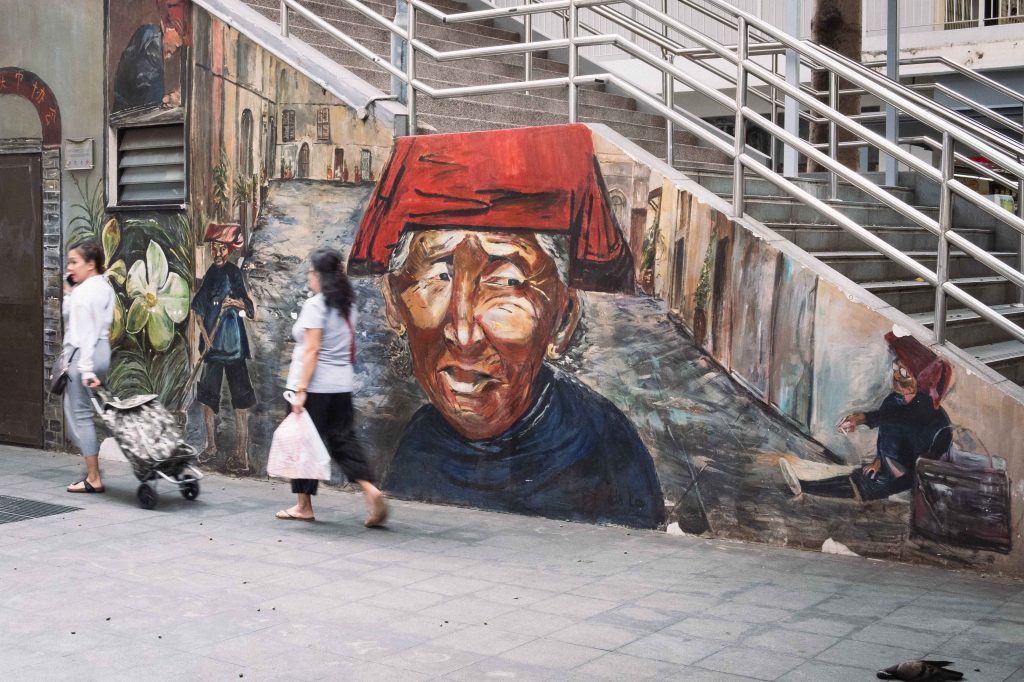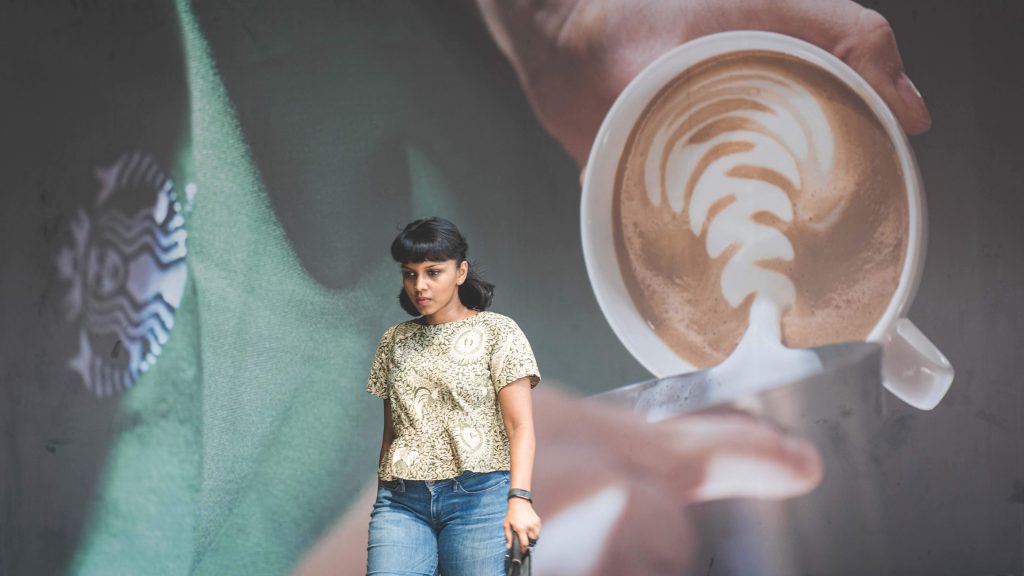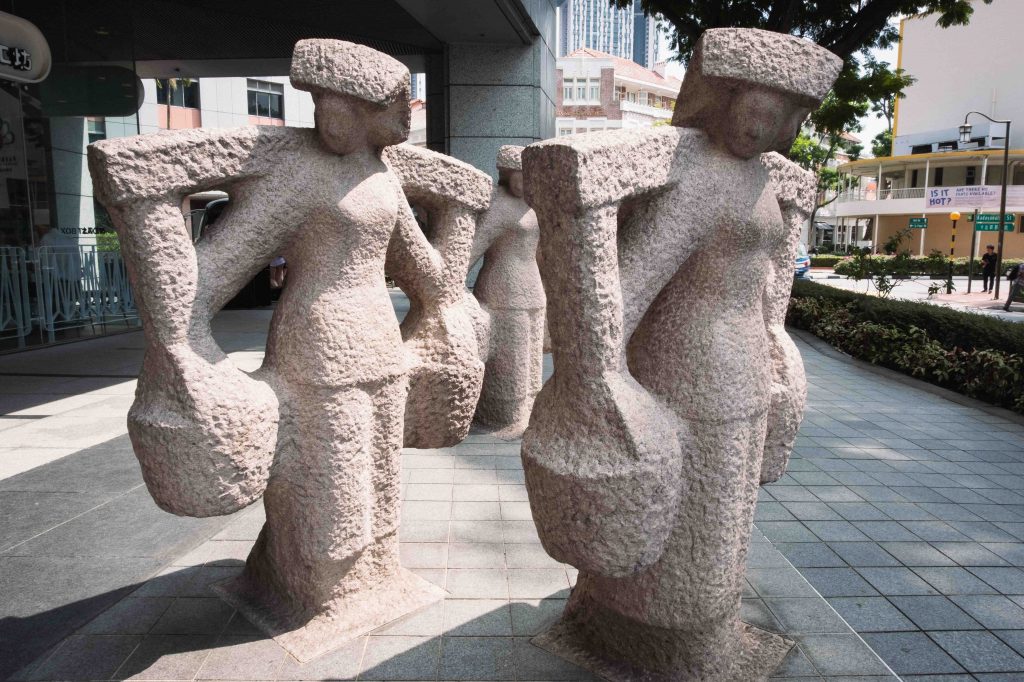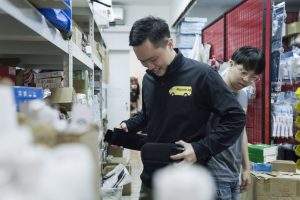Her duties are myriad and she is master of all. From bookkeeping to secretarial skills, from facilities/office management to human resource responsibilities—and even some marketing and PR duties when she has had to fill in for sudden vacancies—the admin OL has done and is still doing everything.
Without her, Singapore would not be what it is: a global first-world, world-class, best financial hub.
After all, if you can’t even figure out how to operate the fancy new wireless printer to print a contract, how are you going to seal that million-dollar deal?
Such a scenario is not an exaggeration. In her book Office Ladies and Salaried Men, Yuko Ogasawara expounds on the uselessness of male-dominated companies without admin OLs:
Without OLs, men on many occasions did not know where to find documents and files, could not fix paper jams or add paper to copiers … Men could not make transportation arrangements for business trips and did not know how to get their expenditures reimbursed.
Ogasawara is detailing a Japanese context, but I have it on good record that such scenarios are not foreign to Singapore. (Personally, I still don’t know how to use the office printer—yes, I am a useless man in a long history of useless men. Guilty as charged. Unfortunately, we don’t have an OL.)
Thus, without the admin OL, we can say goodbye to … I don’t know, basically every corporation in Singapore? In fact, the admin OL might be the single most important individual holding Singapore’s tide against a technical recession.
Go forth, admin OL, and complete as many Form24B_II_(with appendix 3)_updated)_JUL 2019_USE_THIS.docx as you can.

The powerful CBD OL is part of the team that is secretly manipulating the global currency market to engineer a financial crisis for their 1% clients. Her body wrapped in a monochromatic power skirt suit, wrist clasped by a mother-of-pearl Chanel chain watch, toes that will never see the light of day, this OL scares the living daylights out of gay men and ignites an unextinguishable inferno in the fresh-graduate xiao didis making their first, teeny steps in the CBD.
That’s not the OL we’re interested in today—she gets enough attention from her suitors, all named Sammy.
We are here, instead, to devote our time to the ubiquitous but unseen and unsung OL: the admin OL.
In the wild, the admin OL is most often spotted from 12 PM to 2 PM with her printed tote bag. Within it are her lunch essentials: an umbrella, tissue paper packets of the wet and dry variety, a water bottle, her handphone, and an oversized clutch purse.
Around her neck hangs her office key card, suspended by a company lanyard promoting inclusivity and diversity. Only because it’s more colourful and eye-catching than the standard-issue grey one.


And when she gets stressed, she returns to the pantry to chat with the ah boys interning at her firm.
Now, why are we paying her so much attention?
Because automation and artificial intelligence might force her out of existence soon. And before that happens, we need to recognise and celebrate her for who she really is: the modern-day samsui woman.

Today, samsui women are “lauded and singled out for their contributions to Singapore’s built environment”. Among the buildings brought up by their hands are Alexandra Hospital, the Mandarin Hotel (the Mandarin Orchard today), and the Singapore Conference Hall.
Our veneration of samsui women has gone to such an extent that they have also been termed the “founding mothers” of Singapore (New Paper correspondent Teh Jen Lee), “the original Asian feminist” (ex-NMP Dr Kanwaljit Soin), and “alpha women of yesteryears” (Asian Geographic’s Andrew Yip). To that list of accolades we need add: “the OG OLs” (Rice correspondent yours truly).

Sau Eng, a samsui woman, says, “We were in-charge of those loose ends … Whatever we did, was what [the men who were called shifu] told me to do.”
Gan Ling agrees. “Hiyah, people build temples this and that … mix cement lah, carry bricks to pass to them lah, whatever [the men] need, you give to them lor. … We did just, whatever they needed, we gave to them.”
Essentially, samsui women were seen as “odd-job labourer[s]”, a term that Tai Mui uses to describe herself.
“Everything also must do,” she says.

Admin OLs are typically “assigned all kinds of miscellaneous jobs. They picked up mail … They stored important materials by putting them in order, punching holes in the margins, and filing them in binders … They constantly picked up telephones and transferred calls to the appropriate people … One OL sewed a button back on a general manager’s suit,” describes Ogasawara.
Of course, it’s not enough that both the samsui woman and admin OL share a vocation as odd-job labourers for us to see them as analogues. It downplays the material hardship the samsui women underwent, compared to the hand-cream-anointing admin OL.
Yet we cannot deny that the Singapore we know today would not exist without either of these women.
Enough, I believe, has been said by the National Heritage Board on the invaluable contributions of the samsui women to Singapore’s progress. But lacking in our national conversation is the recognition of admin OLs’ role, which is the economic equivalent of what the samsui women did for Singapore.
In other words, just as the ostensibly minor odd jobs that samsui women performed were, in reality, laying the foundation of Singapore’s physical infrastructure, the OLs today fulfil the indispensable role of lubricating the cogs in Singapore’s economic machine.
As Ogasawara puts it:
Even if a man succeeded in negotiating a difficult bargain with an important customer, the contract would not materialize unless an OL completed the necessary forms and saw to it that they went through the proper procedure … he had to rely on OLs to perform a job that was vital for the success of his business.
Keywords in the preceding quotation: “necessary”, “rely on”, “vital”, “without the admin OL we are all fucked”.

An online sartorial publication uses the term ‘OL’ as shorthand for an insult, claiming that “OL fashion … [is] the pinnacle of insult to a woman’s dressing, sort of like being called the “b” word if you’re a feminist”.
Is the phrase “sort of like” drawing an equivalence between being an OL and being a bitch? Sort of.
This is because in our cultural consciousness, the admin OL is a G2000-skirt-wearing Miss Havisham: a decrepit figure, her body musty with cobwebs, as lawyer Amanda Chong eulogises in her poem “Office Lady”:
She’s past her days of being called xiao mei.
Kopi uncles no longer clink their spoons,
clamouring to make her afternoon teh.
…
Her breasts are descending further than
the hemlines of her G2000 skirt.
How will she ever shack up with a man?
Even online personalities who have embraced the term ‘OL’ as marketing cachet disavow identification with the term; all of them rejected my request for an interview (itself already a telling sign) despite terming themselves an OL on their social media accounts.
And when I stalked the streets to ask lunch-hour admin OLs what they think of the term and how they would react if someone refers to them as one, I felt as if my life was in mortal danger. How they managed to eviscerate my insides with just a glare, I will never know.
Even though we might undervalue the worth of the admin OL’s work, please don’t underestimate their speed on flats and the damage their glue-on turquoise nails can wreak.

Contrary to how we think of them at present, samsui women were not instantly recognised as paragons of stoicism and superhuman forbearance. On the contrary, they were regarded in as condescending a manner as we do admin OLs.
During their time, samsui women were looked down on and classified “as unskilled labourer[s]”. Moreover, they were infamous among the population for their crude, rude behaviour: a Straits Times report from 1979 described samsui women as “clannish” and “fierce” individuals who “[curse] loudly in heavily-accented Cantonese”.
How did samsui women become such a mythologised figure, then?
By a confluence of serendipitous factors: at the moment when she started to disappear because of societal and technological advances, our heritage and tourism boards realised the symbolic and marketing potential of the samsui woman.
Her rags-to-rags narrative embodied all the qualities of perseverance and diligence that our benevolent rulers wanted to inculcate and exemplify, while her red headdress was as recognisable as the red soles of a Louboutin—a marketing gold mine. The image of samsui women was thus rehabilitated into the super pioneer feminist we know today.

A campaign we should carry out imminently, before intelligent robots replace her role, before her contributions to Singapore are erased by history—or, worse, before she is misremembered as an odd, bumbling, anachronistic lady who goes to the office only to clock in and out of her time sheet.
When her day of obsolescence inevitably comes, I, for one, look forward to buying an admin OL doll at the gift shop of the National Museum, sitting at her rightful place next to the doll of the samsui woman.
Bonus if the admin OL doll comes with her own minuscule, functional hand sanitiser, dangling fashionably from the handles of her tiny tote bag, upon what looks like a string of rubberised anal beads.
Janie Khoo and Ronnie Wai. “Samsui women bear burden of respect”. The Straits Times, 5 November 1979.
Kelvin E.Y. Low. Remembering the Samsui Women: Migration and Social Memory in Singapore and China
Yuko Ogasawara. Office Ladies and Salaried Men: Power, Gender, and Work in Japanese Companies.
Tan Shzr Ee. “We built this city”. The Straits Times, 14 December 2003





